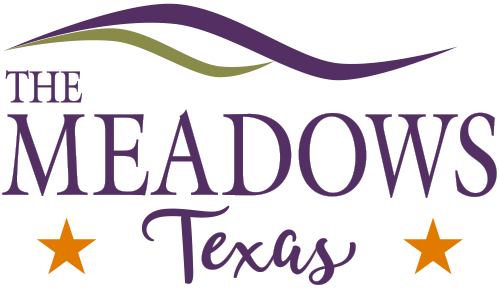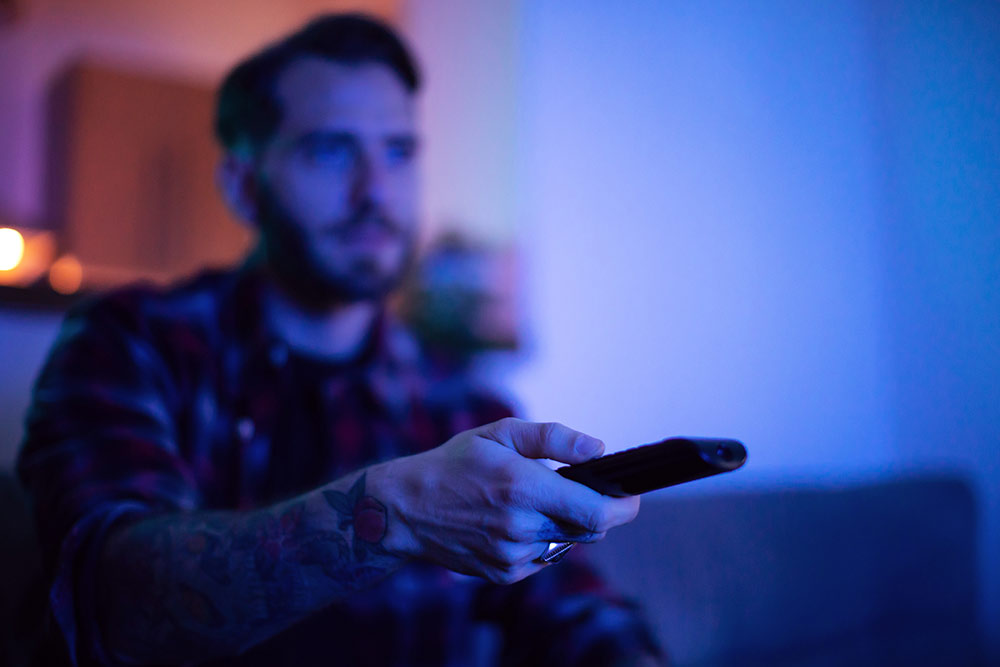TV viewing might be more prevalent today than ever before. There’s a vast number of cable and streaming channels, and people can now watch shows on laptops, phones, tablets and, yes, television sets.
With all of those platforms comes a great deal of exposure to alcohol consumption. Sometimes TV realistically explores the consequences of drinking. In many instances, though, alcohol usage is trivialized or even celebrated. And that glamorization can have profound effects on people who struggle with addiction.
A Drink on Nearly Every Channel
To begin with, alcohol has long been common on TV comedies. For decades, funny characters have met at bars and pubs to talk about life and crack jokes. Just think about “The Simpsons” or “How I Met Your Mother.” One of the most beloved comedies of all time — “Cheers,” of course — took place at a bar!
As a result, a strong message has been delivered to generations: Alcohol is terrific for easing problems, and bars are ideal for meeting new people and cementing friendships.
Over the years, liquor has flown freely on TV dramas as well (in some cases because alcohol companies have paid for product placements). Even when a dramatic show presents a character as an alcoholic, it can be a mixed message if that person still comes across as cool.
Advertising executive Don Draper of “Mad Men” is a good example. He frequently alienates people due to a constant intake of cocktails and other imbibements, yet he’s impossibly witty and debonair.
Then there are alcohol commercials. Though the government forbids them from showing people taking drinks, they often depict attractive people having a blast, cans, and bottles all around.

TV Intoxication, Real World Consequences
The idea that alcohol on TV leads to more drinking in real life isn’t just theoretical. There’s data to back it up.
Consider these two statistics: Between approximately 2004 and 2014, drinking among American high school students increased considerably. During that same time period, the number of alcohol commercials on TV went up by about 71 percent.
Additionally, “Alcohol and Alcoholism,” a peer-reviewed medical journal, published the results of a landmark study in March 2009. According to this report, a person who views a commercial or movie with conspicuous alcohol usage is 1.5 times more likely to drink alcohol afterward.
For someone who’s addicted to alcohol, television’s portrayals of drinking can be counterproductive if not downright harmful. They can increase cravings. And they supply rationalizations for more drinking. “Look at how much fun these people are having with alcohol,” a viewer might think. “I miss my drinking. I know I could control it this time!”
The trick isn’t giving up television forever. Instead, it’s understanding why TV shows often present alcohol in a favorable light (profits) and why those romantic representations are unrealistic. Indeed, during counseling sessions at The Meadows Texas, patients can start recontextualizing their deeply-held, media-fueled views of alcohol.
Another secret is cherishing alcohol-free hobbies like yoga, art, and horseback riding — all of which patients can pursue at The Meadows Texas. Yet another key is delighting in the company of friends and loved ones without heading to the nearest bar. People don’t need alcohol for everyone to know their name and be glad they came.
Sources:
https://www.mandatory.com/culture/1060974-the-top-10-greatest-tv-bars-of-all-time
https://www.sciencedaily.com/releases/2009/03/090303193958.htm

